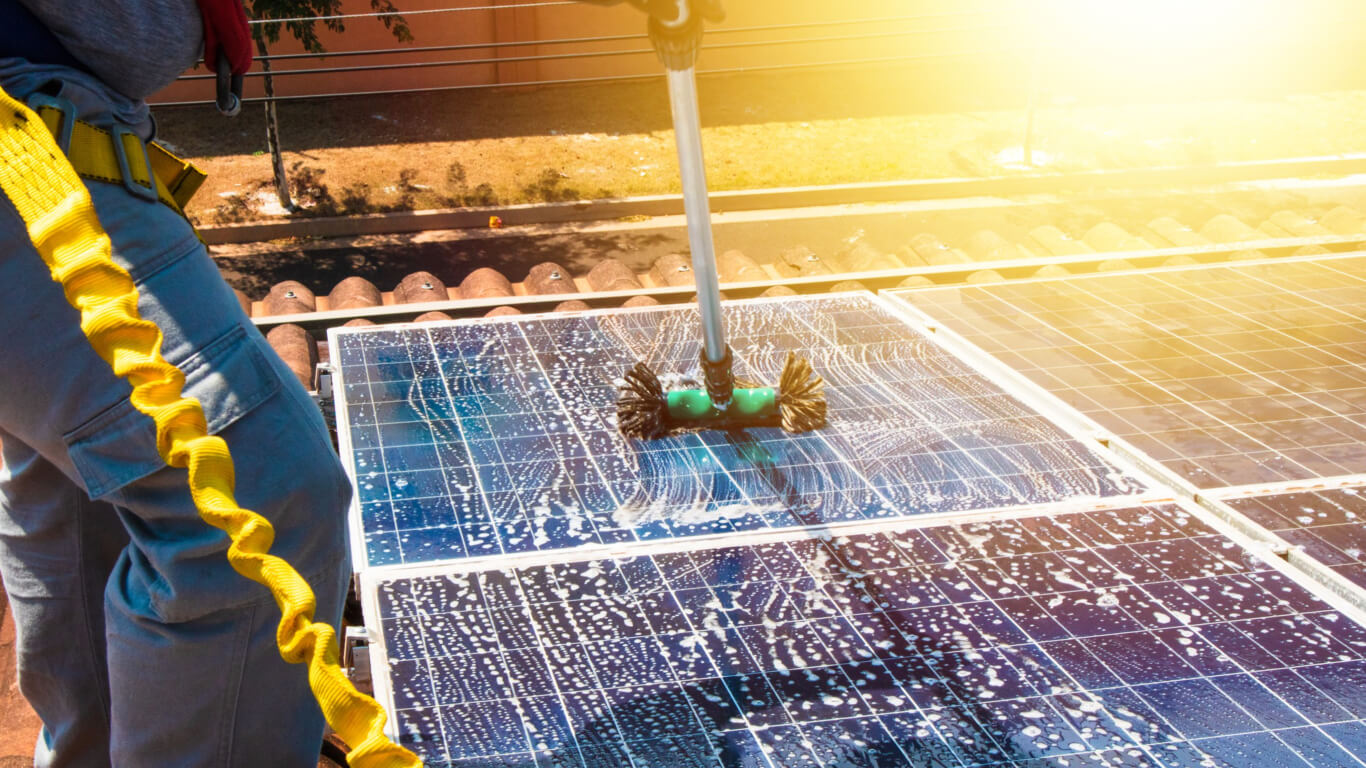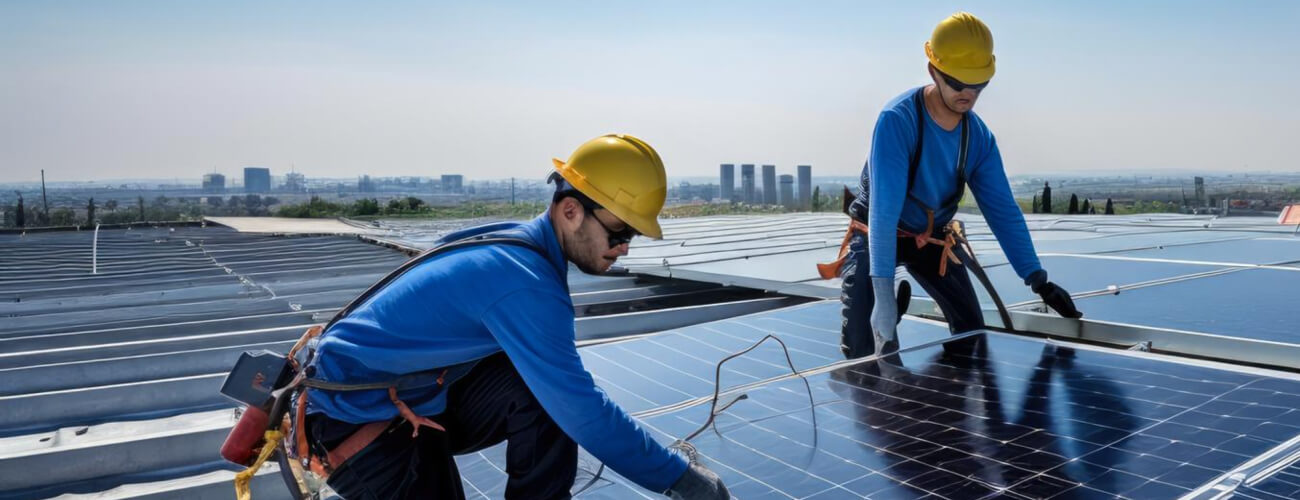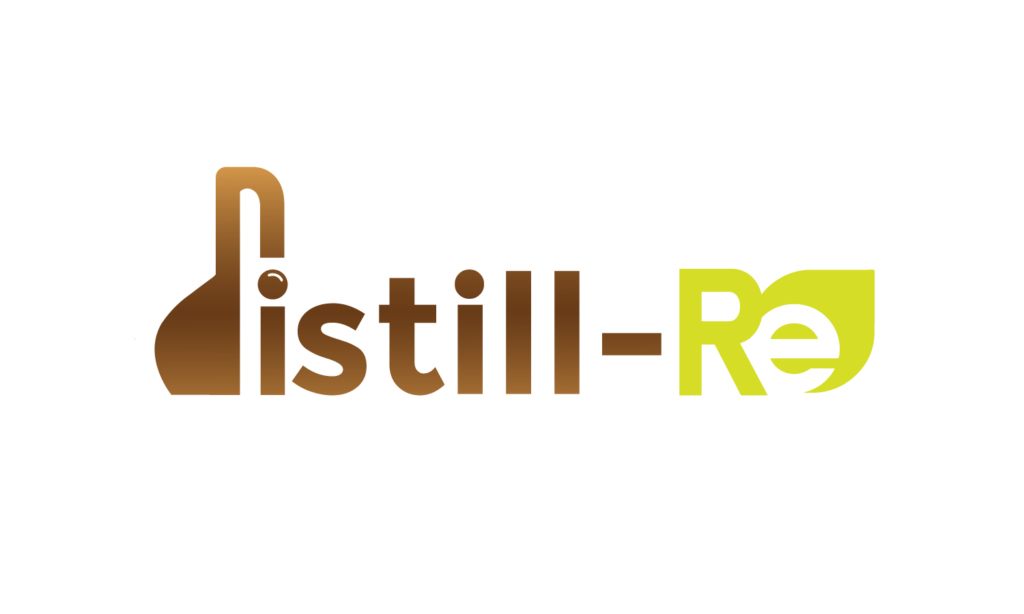As industries worldwide strive to become more sustainable, process optimization has
become a crucial strategy for achieving a balanced energy transition. This article
provides practical guidelines to help industries streamline their energy transition
journey, ensuring they can meet sustainability goals while maintaining operational
efficiency and profitability.

An energy transition refers to the shift from reliance on non-renewable energy
sources, such as coal, oil, and natural gas, to renewable sources like solar, wind, and
hydroelectric power. This transition aims to reduce carbon emissions, combat
climate change, and promote sustainable energy practices.
A balanced approach ensures that the energy transition is economically viable,
socially equitable, and environmentally sustainable. It involves careful planning and
execution to avoid disruptions and ensure that all stakeholders benefit from the
transition.
Battery systems provide rapid response times, high energy density, and scalability.
They are ideal for managing short-term fluctuations in energy supply and demand,
providing backup power, and supporting grid stability.

An energy audit is the first step in process optimisation. It involves a comprehensive
analysis of energy consumption patterns, identifying areas of inefficiency and
potential for improvement. This audit provides a baseline for measuring progress
and setting realistic goals.
Identifying inefficiencies in current processes is crucial for optimising energy use.
This includes pinpointing outdated equipment, energy wastage, and suboptimal
practices that contribute to higher energy consumption and costs.
Setting clear, achievable sustainability goals is essential for guiding the energy
transition. These goals should align with the overall business strategy and be
specific, measurable, attainable, relevant, and time-bound (SMART).
Sustainability goals should complement the business’s strategic objectives, ensuring
that efforts to reduce environmental impact also drive business growth and
competitiveness.
Investing in modern, energy-efficient equipment can significantly reduce energy
consumption. Technologies like variable speed drives, high-efficiency motors, and
advanced sensors can optimize energy use.
Adopting energy-efficient practices, such as regular maintenance, optimising
operational schedules, and using energy management systems, can further enhance
efficiency and reduce waste.
Achieving a balanced energy transition through process optimization is a
multifaceted endeavor that requires careful planning, stakeholder engagement, and
continuous improvement. By setting clear goals, incorporating renewable energy,
enhancing efficiency, leveraging digital technologies, and implementing sustainable
practices, industries can significantly reduce their environmental impact and
contribute to a more sustainable future.
Our team at Integro Design Engineering Associates Ltd has helped several plants including distilleries to successfully implement pinch analysis to optimise energy recovery and reduce operational costs.
Digital technologies like IoT, data analytics, and AI provide real-time insights, predictive analytics,
and automation capabilities that enhance process efficiency and sustainability.

Monday – Saturday
12:00 pm – 14:45 pm
Sunday – Thursday
17:30 pm – 00:00 pm
Friday – Saturday
17:30 pm – 00:00 pm
Copyright © 2024 Distill-RE. All rights reserved.